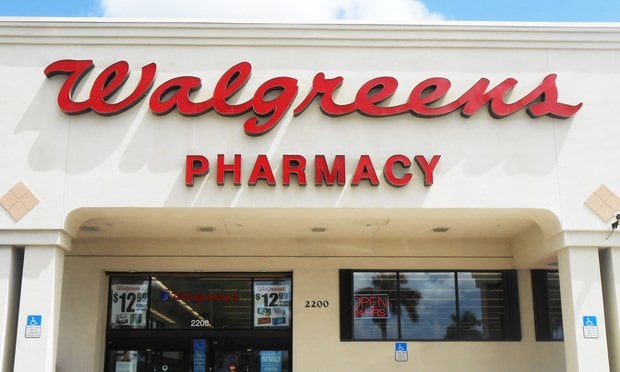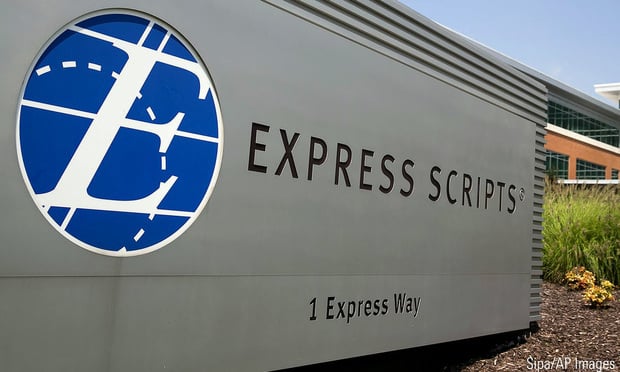 Credit: Iryna Imago/Shutterstock.com
Credit: Iryna Imago/Shutterstock.com
The pharmaceutical industry is bracing for what President Donald Trump is calling "Liberation Day", when the administration will unveil its long-anticipated tariffs. Although drug tariffs are not expected to be on the initial list to be released on Wednesday, several industry leaders believe they are coming soon.
Sources told Reuters that the industry is lobbying for potential tariffs to be implemented gradually instead of immediately being imposed at a 25% rate. “The idea of incremental ramp-up of tariffs, a sort of gradation if you will, is definitely out there from the pharma industry side," one source said.
Recommended For You
This policy would give manufacturers time to adjust to the tariffs and move production to the United States. Many large companies currently produce products in Europe and Asia as well as the United States. Opening a new U.S. facility in could cost as much as $2 billion over 5 to 10 years, in part because of the regulatory environment, according to the industry trade group PhRMA.
Although the industry believes tariffs could lead to drug shortages and reduced access for patients, Trump has countered that the United States needs more drug manufacturing so it does not have to rely on other countries for its supply of medicines
PhRMA lobbied for a phased-in tariff increase during recent meetings with the administration, and leaders are optimistic that the president might consider a gradual ramp-up to 25%, one source said. Policymaking regulations that require public comment periods on federal law also could slow implementation of the new fees.
A recent article in HealthAffairs assessed the potential impact of tariffs on pharmaceutical cost and availability.
“Tariffs are likely to create pressure for higher prices and cause unintended consequences, such as increased drug shortages of generic medicines with fragile supply chains that will affect costs and health outcomes for health care systems, insurers and patients,” it said. “Careful vulnerability assessments on various pharmaceutical product categories should be conducted to enable policymakers to identify the targeted supply chain policy interventions best suited to achieve desired goals.”
Johnson & Johnson, Eli Lily, AstraZeneca and GSK in recent months announced billions of dollars in investments to manufacture their bestselling drugs in the United States. However, many companies still make the active ingredients for these products primarily in Europe. Before a tariff announcement that could include products made in Europe, some companies have taken the unusual step of sending more medicines by air to the United States, Reuters reported last week.
Meanwhile, new taxes on prescription drugs imported from Canada could affect about 400 different drug products, according to a new analysis published in the Journal of the American Medical Association. Adding a 25% import tax, or tariff, to Canadian drug prices could increase U.S. prescription drug spending by about $750 million annually.
© 2025 ALM Global, LLC, All Rights Reserved. Request academic re-use from www.copyright.com. All other uses, submit a request to [email protected]. For more information visit Asset & Logo Licensing.








